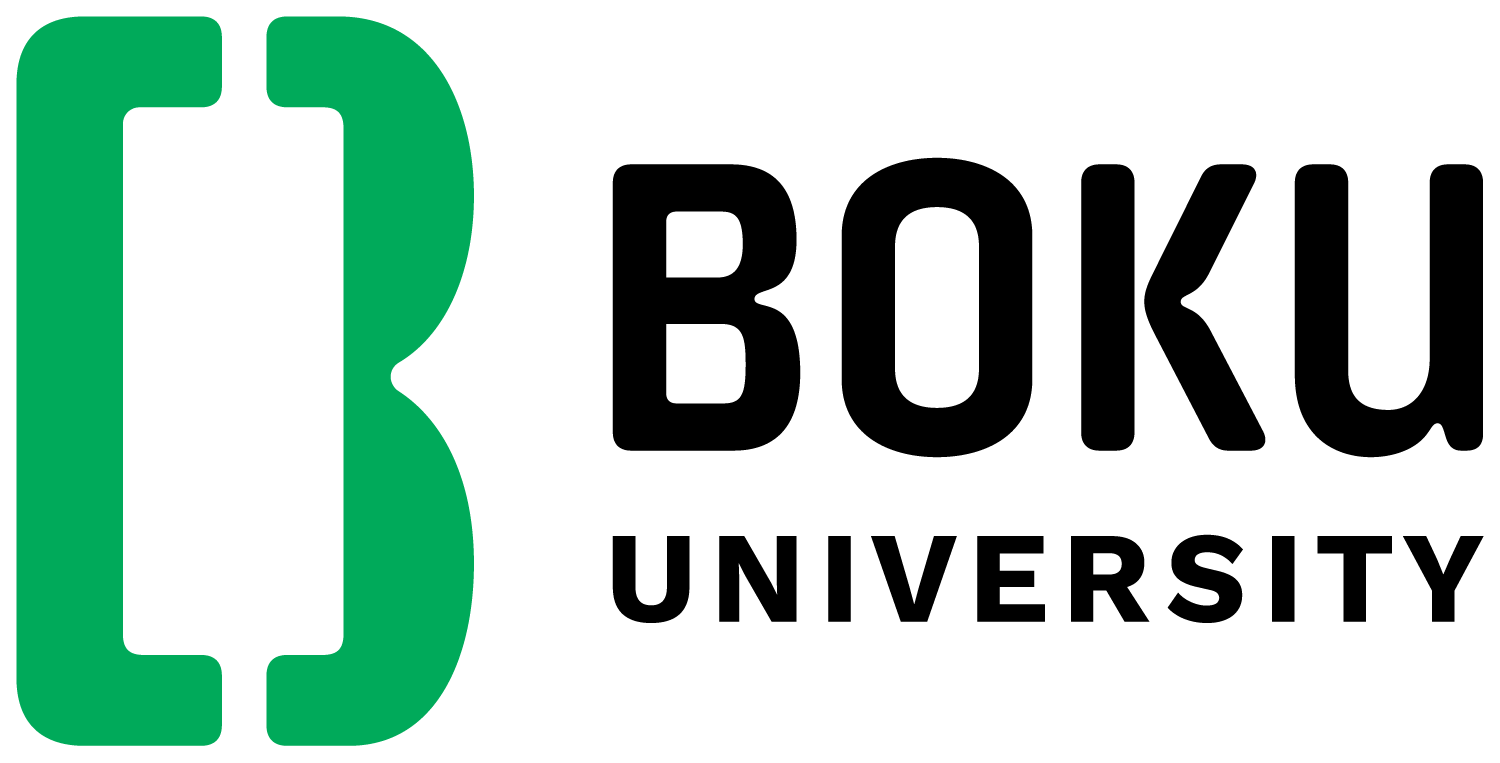
AmphiBiom
The AmphiBiom project is focused on the study of the European green toad in Austria. With the support of Citizen Scientists, we investigate the distribution of this endangered amphibian species, which, as a typical pioneer species, can quickly colonize newly emerging water bodies.
Therefore, the European green toad is an ideal species for projects to investigate the distribution status through call monitoring and the installation of small water bodies with the support of the Citizen Science Community. With AmphiBiom we want to show that everyone can support the survival of this protected species with just a little effort. Already through these small but valuable measures, the general awareness that is needed to better understand species and habitat protection measures, is strengthened.
Project background
Amphibians are among the most threatened animal taxa in Austria and worldwide. The reasons for this include habitat destruction and degradation, fungal diseases, and changes in land use. For some amphibian species, despite many disturbances, agricultural areas or even cities also represent important habitats. The natural spawning grounds of the European green toad, are steppe lakes filled after rainfall or ponds formed after flooding with strong sunlight. With a few exceptions, the natural spawning habitats of the European green toad have largely disappeared in Europe. In addition to these near-natural water bodies, artificial water bodies or puddles filled after rain showers are often accepted by European green toads today.
The importance of alternative habitats
The disappearance of fallow land and closure of gaps between buildings, leads to a deterioration of the conservation status of the green toad in rural areas as well as in inner-city areas. Countermeasures, such as the provision of replacement habitats, can prevent this negative development. The initiative for the creation of small water bodies, which is scientifically accompanied in the AmphiBiom project, not only forms an additional spawning offer for green toads and other threatened amphibians (e.g., Yellow-bellied toad). It gives us the opportunity to study the succession and progressive colonization of water bodies by diverse pioneer fauna.
The contribution of AmphiBiom to the conservation of the green toad
This project uses Citizen Science to study this pioneer species in order to investigate its distribution in areas that are often inaccessible for research (e.g., private gardens) and to actively involve citizens in the project.
In addition to creating new habitats for the green toad and other amphibians, we are also using the power of citizen science to launch an Austria-wide, app-based amphibian call monitoring programme. With its high-pitched warbling, the green toad is certainly one of the most beautiful calling amphibians in Austria, but it is not the only one with a characteristic song. For example, tree frogs and toads can also be clearly identified by their song. As part of the AmphiBiom project, we invite interested people to use our mobile phone app "AmphiApp" to record amphibian calls in their neighbourhood and thus contribute to the knowledge about the distribution of these protected animals.
In a further step, the complementary evaluation of already existing protection measures will clarify in which areas such measures (still) make sense, or where they could contribute to the resurgence of populations classified as extinct.
Podcast episode
If you would like to learn more, you can listen to the Wissen macht Leute podcast episode about the project (in German). More information can be found here.
Citizen Science Seminar
In autumn 2024, poject coordinator Lukas Landler held a lecture about AmphiBiom as part of the lecture series "Citizen Science Seminar" at BOKU University: The citizen science project "AmphiBiom - habitat for green toads and co" (in German).

Dieses Projekt wird durch den Biodiversitätsfonds des Bundesministeriums für Klimaschutz, Umwelt, Energie, Mobilität, Innovation und Technologie gefördert.


This project fulfils version 1.1 of the quality criteria for citizen science projects on Österreich forscht.
- animals
- land use
- water

